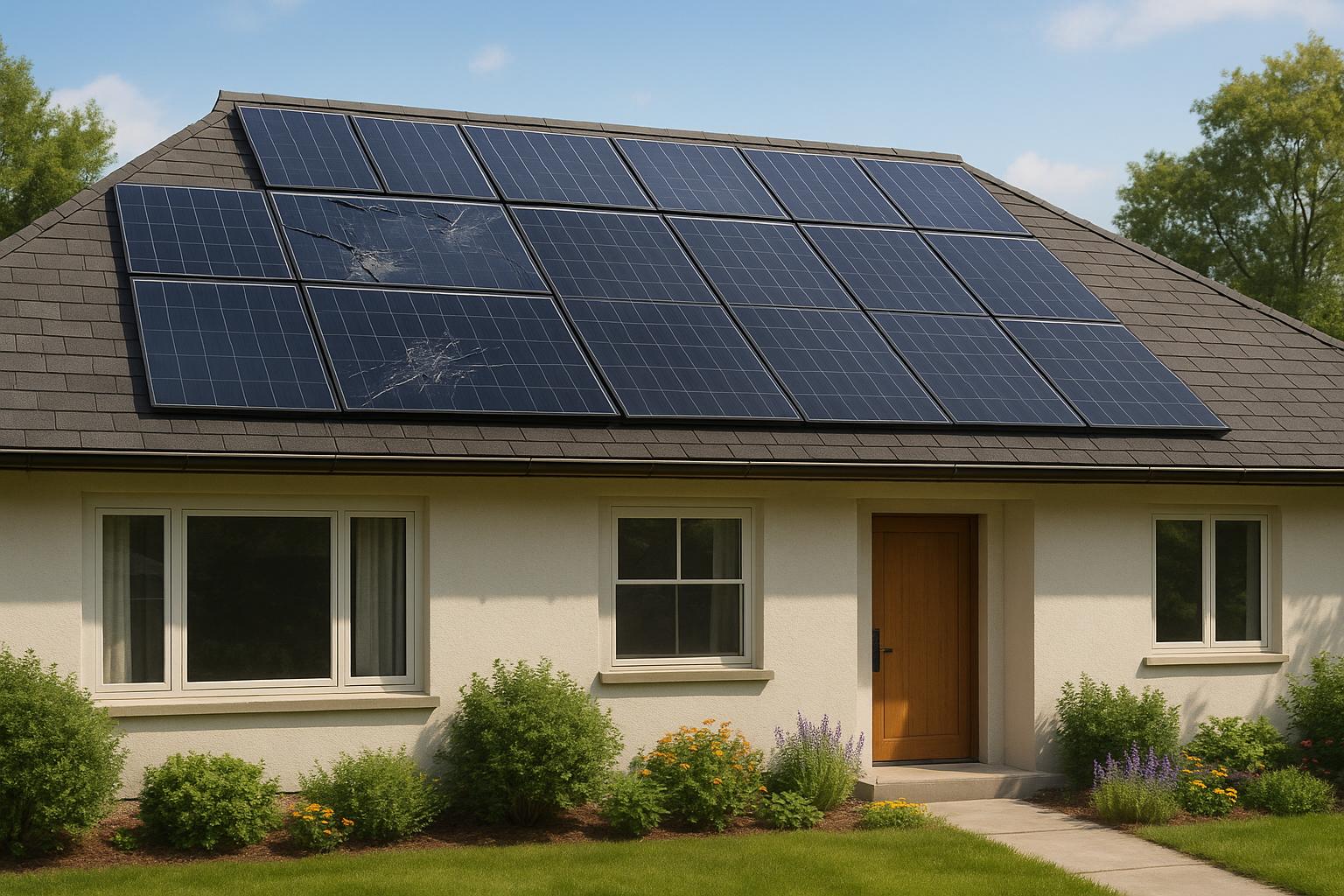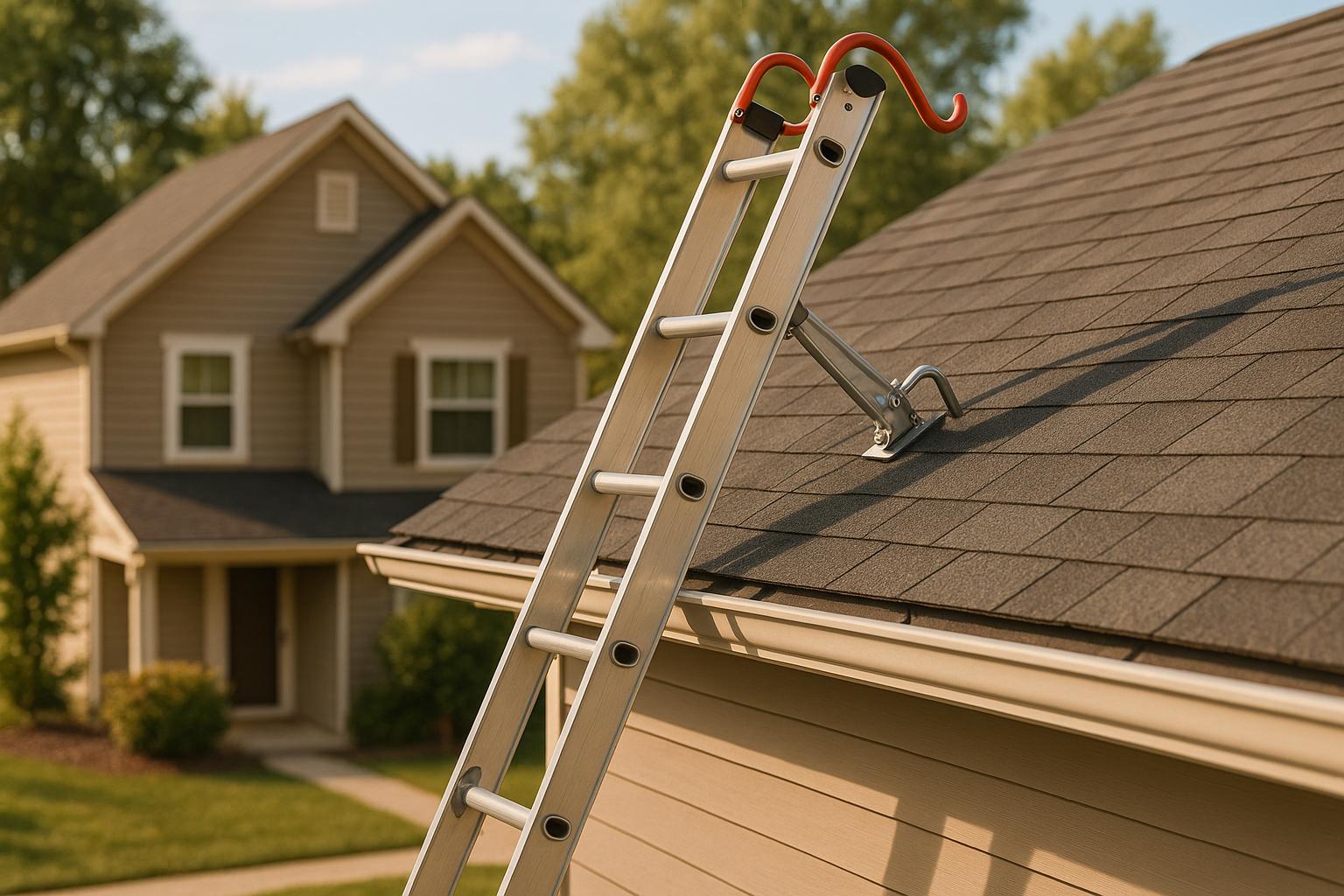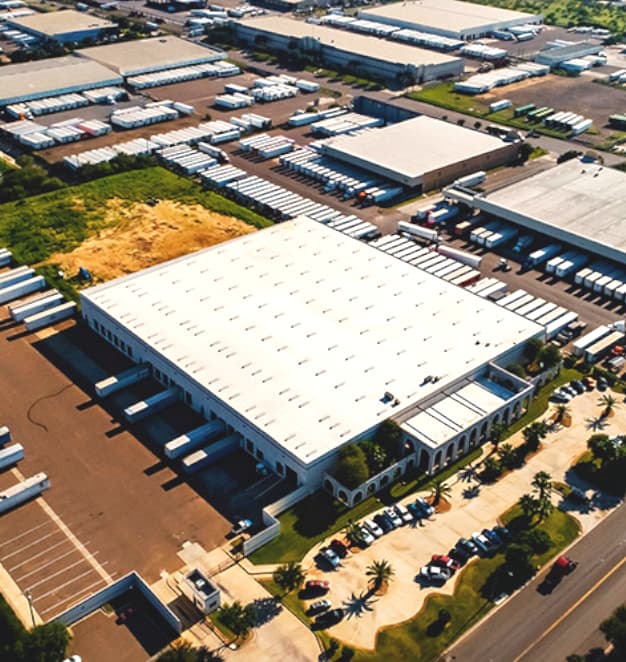Before installing solar panels in Los Angeles, it’s critical to ensure your roof can safely support the added weight. Here’s a quick overview:
- Roof Load Limits: LA residential roofs must handle 5–6 psf of dead load, 20 psf of live load, and an extra 3–4 psf for solar panels.
- Key Factors: Roof material, age, structural design, and local weather (like earthquakes) impact load capacity.
- Building Codes: Follow the 2023 LA Building Code and California Building Standards Code (Title 24) for safety and compliance.
- Installation Process: Includes a structural assessment, permit application, and professional installation.
- Reinforcement Options: Strengthen roofs with truss bracing, sister rafters, or beam reinforcement if needed.
Pro Tip: Always hire licensed professionals for inspections, installations, and maintenance to ensure safety and compliance.
Keep reading for detailed guidelines on evaluating your roof, meeting LA codes, and ensuring a safe solar installation.
Is your roof strong enough to support solar panels?
LA Building Codes for Roof Loads
Local building codes in Los Angeles set minimum roof load requirements to ensure safety during solar panel installations.
Load Limit Requirements
Residential roofs must handle 5–6 psf of dead load, 20 psf of live load, and an additional 3–4 psf for solar panels. Commercial buildings have stricter requirements, which depend on factors like:
- Building classification
- Roof access needs
- Equipment placement zones
- Seismic safety
The LA Department of Building and Safety (LADBS) also mandates a 2-foot clear perimeter around solar systems for fire safety. Roofs must be strong enough to bear concentrated loads from maintenance workers and equipment.
Getting Permits in LA
After confirming load requirements, the next step is obtaining permits. Here’s what the process typically looks like:
-
Structural Assessment
A professional engineer evaluates the roof, conducting a load analysis and preparing structural documentation. -
Plan Submission
This includes detailed installation drawings, load calculations, equipment specifications, and site plans showing the panel layout. -
LADBS Review
- Initial plan check (usually takes 10–15 business days)
- Revisions, if needed
- Final approval
The process must align with the 2023 Los Angeles Building Code and California Building Standards Code (Title 24). Certified professionals familiar with these regulations are essential.
For buildings in historic districts or those over 50 years old, additional review by the LA Office of Historic Resources may be required. These cases often call for specialized engineering solutions to accommodate solar systems.
What Affects Roof Load Capacity
Understanding your roof’s load capacity is essential for the safe installation of solar panels. Several factors play a role in determining how much additional weight your roof can support.
Roof Types and Materials
The type of roof and the materials used significantly influence load capacity. For example, engineered trusses distribute weight more evenly compared to traditional rafters. Similarly, the roofing material – whether asphalt shingles, clay tiles, or metal – affects how mounting systems are installed. These factors also tie into the importance of evaluating the roof’s age and overall condition.
Roof Age and Condition
Older roofs often need a structural review before adding solar panels. Some common issues to watch for include:
- Sagging or weakened areas due to age
- Material wear from prolonged exposure to weather
- Past modifications or damage that might affect weight distribution
Local Weather and Seismic Factors
Environmental factors also play a big role in roof load capacity. Conditions like earthquakes, strong winds, heavy rainfall, and temperature swings can impact how much weight your roof can safely handle. Each roof in areas like Los Angeles needs a tailored evaluation to account for these challenges and ensure solar panels are installed securely.
sbb-itb-d1d6490
Measuring and Improving Load Capacity
Before installing solar panels, it’s essential to measure and strengthen your roof’s load capacity. A professional assessment ensures your roof can handle the extra weight and complies with LA building codes.
Weight Distribution Calculations
Roof inspectors use specialized tools to evaluate how much weight your roof can safely support. They focus on several factors:
- Dead load: The weight of existing roofing materials and the structure itself.
- Live load: The additional weight from solar panels, mounting equipment, and any maintenance personnel.
- Point loads: Areas of concentrated pressure caused by mounting hardware.
- Surface area distribution: How the weight of the solar panel array spreads across the roof.
Tony Mirzakhanyan, Head of Prime American Roofing, highlights the need for professional expertise: "Working in a professional and responsible team is essential for delivering high-quality roofing services. Collaboration ensures that each aspect of the project, from initial assessment to final installation, is executed with precision and expertise".
If the inspection shows your roof can’t handle the load, reinforcement will be required.
Roof Reinforcement Methods
Here are some common methods used to strengthen roofs:
| Method | Application | Benefit |
|---|---|---|
| Truss Bracing | Adds support to the roof’s framework | Helps distribute weight evenly |
| Sister Rafters | Reinforces existing rafters | Boosts overall load capacity |
| Load-Bearing Wall Support | Strengthens the building’s foundation | Provides extra stability |
| Beam Reinforcement | Fortifies main support beams | Prevents sagging under heavy loads |
Regular inspections by professionals are critical. These evaluations ensure your roof is properly reinforced to handle solar panels while staying within local building regulations.
Safe Installation Guidelines
Installing solar panels correctly is key to protecting your roof and ensuring your system performs well over time. Sticking to LA building codes and proven techniques can help avoid structural problems and keep everything running smoothly.
Panel Mounting Techniques
A safe installation starts with proper weight distribution and secure mounting. Here’s a breakdown of common mounting methods designed to meet LA’s seismic requirements:
| Mounting Method | Weight Distribution | Best Use Cases |
|---|---|---|
| Rail-Based | Spreads weight across rafters | Popular for pitched roofs |
| Ballasted | Focuses on load points | Great for flat commercial roofs |
| Direct-to-Deck | Multiple anchor points | Ideal for newer, reinforced roofs |
| Shared-Rail | Fewer mounting points | Reduces roof penetrations |
Choosing the right method depends on your roof type and structural needs.
Professional Installation
Hiring licensed professionals is a must for a safe and compliant setup. These experts ensure:
- A thorough structural assessment before installation
- Use of engineered mounting systems tailored to your roof
- Adherence to manufacturer guidelines for hardware and spacing
- Proper waterproofing to prevent leaks at roof penetrations
- Full documentation to meet LA building code requirements
Regular Checks and Upkeep
Once your system is installed, routine maintenance is essential to keep it safe and efficient. Focus on:
- Annual inspections and checks after severe weather
- Tightening mounting hardware as needed
- Watching for signs of water leaks or damage
- Removing debris from panels and mounting areas
LA’s intense sun and occasional earthquakes make regular maintenance especially important for protecting your roof and solar system.
Conclusion
Key Takeaways
Understanding your roof’s load limits is crucial for safely installing solar panels in Los Angeles. A successful installation relies on proper weight distribution, meeting local building and seismic codes, and professional guidance. Here are the main points to remember:
- Know your roof’s structural capacity
- Comply with LA’s building and seismic regulations
- Follow professional installation practices
- Maintain your system regularly
Proper mounting and expert installation are essential for long-term safety and performance.
Get in Touch with Prime American Roofing

Ready to move forward? Prime American Roofing offers professional solar panel installation services that prioritize roof safety and structural integrity.
Schedule a free roof inspection to:
- Evaluate your roof’s current condition
- Assess its load-bearing capabilities
- Get expert recommendations
- Ensure compliance with LA building codes
Prime American Roofing’s process includes structural evaluations, detailed planning, and expert execution. This ensures your solar installation not only meets safety standards but also maximizes energy efficiency. To start your solar panel project or book a free roof inspection, visit their website at primeamericanroofing.com or call their office. Their team will assist you every step of the way, from assessment to installation.
This thorough approach ensures your solar project is safe, efficient, and contributes to the longevity of your property.





